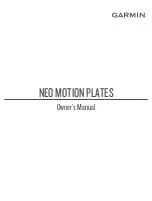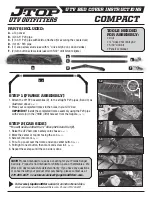
2
0
2
2
-1
1
12
Installation
3.2
Mounting
Prerequisites
Mounting the vibration sensor on the mounting surface:
•
The mounting surface must be clean and flat, i.e., free of paint, rust, etc.
•
The measuring head surface of the vibration sensor must lie flat on the mounting surface.
•
The vibration sensor is fitted with an M8 screw-in thread as standard. Insert the screw-in
thread into a threaded hole in the mounting surface. If the thread in the hole is different,
thread adapters are available as an accessory.
Mounting the Vibration Sensor
For safe and error-free operation, observe the following requirements during mounting:
•
Mount the vibration sensor on the mounting surface correctly to obtain accurate data.
•
Avoid mounting the vibration sensor on auxiliary structures. If it is absolutely necessary to
use auxiliary structures, make sure these are designed to be as rigid as possible.
1.
Screw the vibration sensor into the threaded hole in the mounting surface using a hexagon
wrench (SW 24) at a tightening torque of 8 Nm.
2.
For plug versions: Connect the connection cable and note that the tightening torque of the
connector's M12 union nut must not exceed 0.4 Nm.
3.3
Electrical Connection
Use a suitable connection cable to connect the rotary encoder to the higher-level control panel,
an IO-Link master, or the IO-Link-Master02-USB.
Note
Suitable cordsets can be found at
www.pepperl-fuchs.com
. Navigate to the product page for
the relevant vibration sensor under "Accessories."
Electrical Connection
Pinout
Table 3.1
1
L+
4
2
3
L-
C/Q
I/Q
1
3
4
2
Содержание VIM3 IO Series
Страница 1: ...VIM3 IO Vibration Sensors Manual...








































